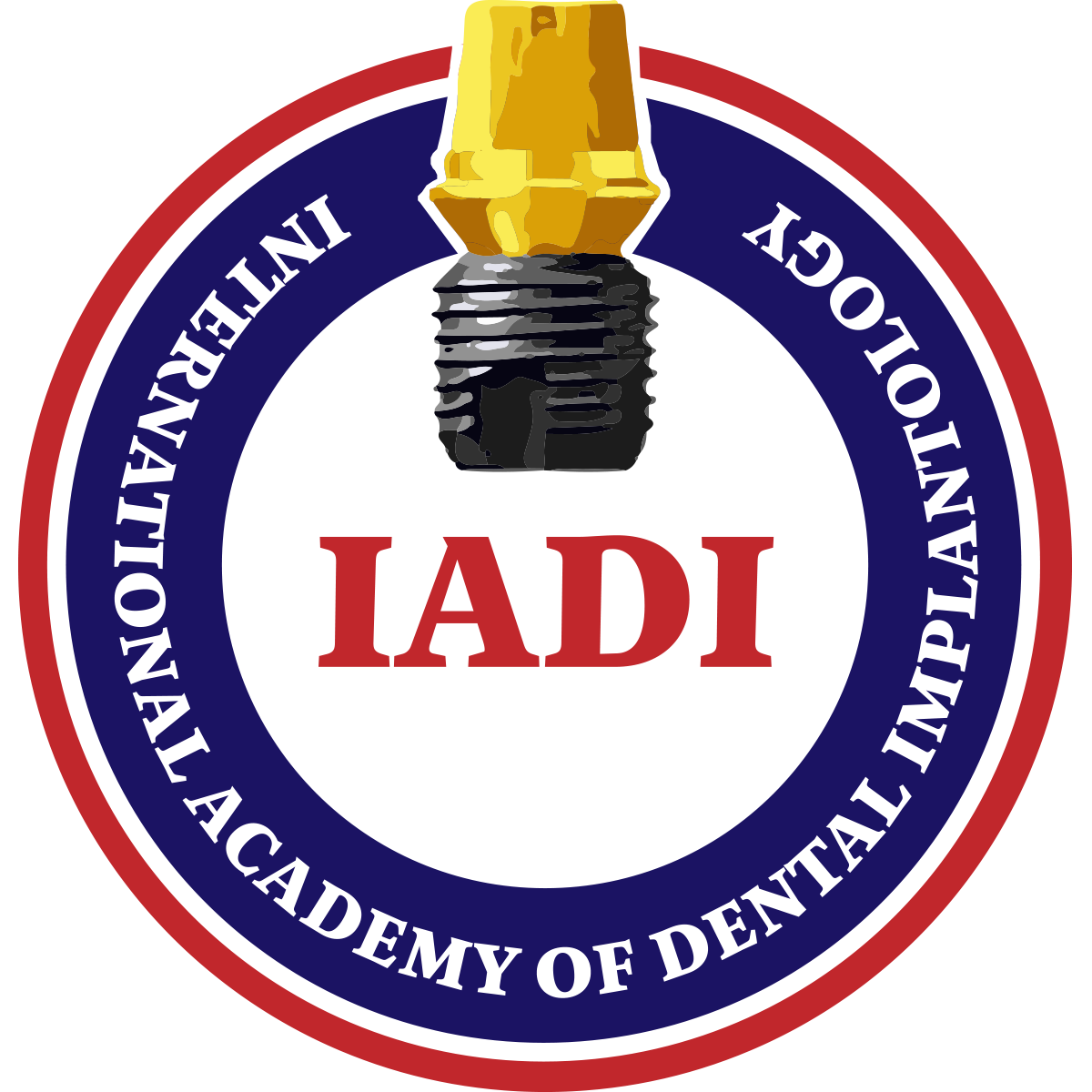The Importance of Periodontal Examination…
What’s going on in your mouth?!
Did you know that scientists have found over 550 different species of oral microorganisms? Most of these bacteria are relatively harmless, but some species are harmful. One, Streptococcus mutans, causes tooth decay (cavities). Another group of bacteria, mostly Gram negative anaerobes, cause periodontal (gum) disease, the leading cause of adult tooth loss. Anaerobes (bacteria that need little oxygen) are also responsible for malodor (bad breath). As they feed on the food residues on the tongue and teeth, they break down proteins, releasing volatile sulfur compounds, fatty acids and other foul-smelling and noxious gases.
OraTec. Therasol. Retrieved June 3, 2022. https://oratec.net/img/TheraSol%20Brochure.pdf
What is Periodontal Disease?
Periodontal gum disease is a set of conditions affecting the gums and bone support surrounding the teeth. It is caused primarily by poor oral hygiene, but pre-existing medical conditions can put you at a higher risk for this disease. Symptoms may include redness, swelling, bleeding, bad breath, and teeth becoming loose or falling out. Most times, the only symptom is bleeding when flossing at home, or there may be no sign at all. Periodontal disease is the leading cause of tooth loss in adults, but its negative effects are not limited to the mouth. It can cause fatigue, high blood pressure, and has been linked to heart disease.
Am I the Only One?
Definitely not! Periodontal diseases are more common than the common cold. Between 70-90% of adults have an early form called gingivitis. About 40% of adults have periodontitis, a more severe form that destroys the surrounding bone that supports the teeth. Periodontal diseases, not cavities, are the major cause of adult tooth loss.
Who’s the Bad Guy?
Today, we utilize a specific microscope to examine gum health. This is more powerful because, compared to the traditional poking of each individual tooth and determining gum health at only a visual level, we are able to evaluate gum health on a microscopic level and recognize gum disease in the early stages of development. A dentist can diagnose the condition, and, if addressed early enough, symptoms can be completely reversed with proper oral hygiene and standard professional cleanings.




